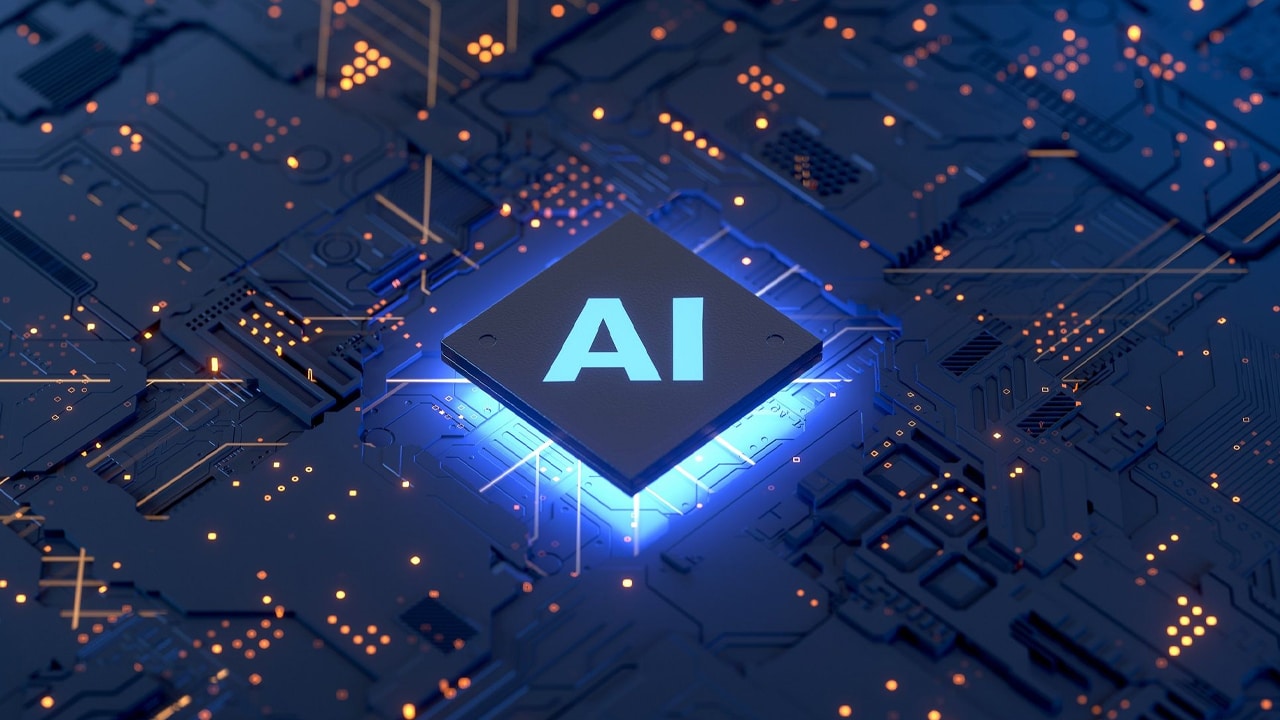But unfortunately, not every piece of content that plays on your TV is subtitled. This is especially the case with a lot of online content, such as YouTube videos. This is where AI plays a huge role!
AI can help to actively improve subtitles in real-time, and even generate subtitles for content that lacks them! But how exactly is this done? How can AI help to improve the subtitles of content on your TV?
Want answers? We’ve got them! Read on down below to get started!
How Can AI Improve TV Subtitles?
A key way that AI helps to improve subtitles is by helping to generate them. While subtitles are still often typed out, word for word and then timed with a piece of content, many companies are beginning to leverage AI in subtitle production.
AI can actively transcribe audio as it plays, and then collect this into an organised format. It is then the job of the editor to comb through this transcript to clean it up and to look out for errors. AI programs are still not perfect at transcribing audio and thus need human assistance.
AI is used when producing subtitles for content. First, the content is analysed by AI to find dialogue. That dialogue is matched to the moment it plays in the content. The transcript generated by AI is finally edited for accuracy!
Streamlining the process of generating subtitles means that editors are allowed to focus their time on ensuring the quality of subtitles. It also means that more films and TV episodes can be translated in a shorter space of time. Subtitles are now more accessible than ever before!
How Can AI Generate Subtitles In Real Time?
While subtitles are now more accessible than ever before, it would be impossible to create accurate subtitles for every piece of content that can be found online, such as on YouTube. However, thanks to AI, it’s actually possible to generate captions in real-time, to accommodate content.
AI captions operate through the use of AI speech recognition, which is what allows you to interact with your smart speaker. When you make a request to Alexa, for example, it is able to understand your speech and respond appropriately.
When AI captions are activated on a piece of content, sound signals are analysed in real time to detect human speech. This human speech is then turned into verbal data that the AI can then clean up quickly, before displaying it.
AI captioning results in less accurate subtitles. However, these subtitles can be generated in real-time as the content is being played. So even content without subtitles can be understood by hearing-impaired individuals!
In the early days of the technology, AI captions were incredibly inaccurate, as they had trouble understanding the nuances of human speech. They couldn’t make sense of thick accents, speech impediments, or even vernacular language. In the years since the technology was introduced, AI algorithms have been fed countless pieces of data that allow them to keep up with the nuances of human speech.
It’s important to note that AI captions are far from perfect. And it’s unlikely that they will ever truly be perfect. Human language and speech are always changing, so AI will need to consistently be updated to keep up with it! However, captions can make for a great middle-ground when edited subtitles simply aren’t available.

Can AI Translate Content In Real Time?
While AI translation technology is still in its infancy, it is very much a real thing! Many leading text-to-speech platforms have developed technologies that can translate content in real time, from one language to another.
Again, it’s important to impart that this technology is in its infancy. As such, it’s far from perfect. AI translation is currently best at translating major languages such as Spanish, French, and German into English, and vice versa. While it’s likely that the technology will continue to improve, it has yet to be implemented into most major TVs.
However, AI translation is currently used by big names like Netflix. Netflix makes use of AI to translate its programming into a number of major languages. To ensure these subtitles are accurate, they are overseen by a team of editors that spruce the subtitles up once they’ve been generated!
Frequently Asked Questions
How Can AI Improve The Subtitles Of Content?
AI can be used to speed up the subtitle production process. Instead of writers painstakingly matching dialogue to its place in a film, AI can generate the text, and editors can spruce the text up. This allows more time to be dedicated to quality and makes it easier for more subtitles to be generated in a shorter space of time.
How Accurate Is AI Captioning?
AI captions are never 100% accurate. Language and human speech continue to change every day. AI can often have trouble with these nuances of speech. However, AI captioning is far more accurate now than it was in its infancy, thanks to machine learning. If AI captioning is the only option you have for subtitles, it’s very dependable!
Are Netflix Subtitles AI Generated?
Netflix Subtitles Are Not AI-generated, but AI is used for producing subtitles that show up on Netflix content. This AI is able to quickly transcribe shows, and even translate them. The transcripts generated by the AI are then edited and verified for accuracy before being released. This allows Netflix to produce subtitles quickly and efficiently for all of its content.
Why Are Auto Generated Subtitles So Bad?
One reason you might find auto-subtitles unsatisfying is that they are inaccurate. AI programs can often have a hard time understanding some of the more nuanced features of human speech. These can often trip up subtitle generators and result in bad subtitles. However, the technology behind these subtitles has improved massively in recent years.





